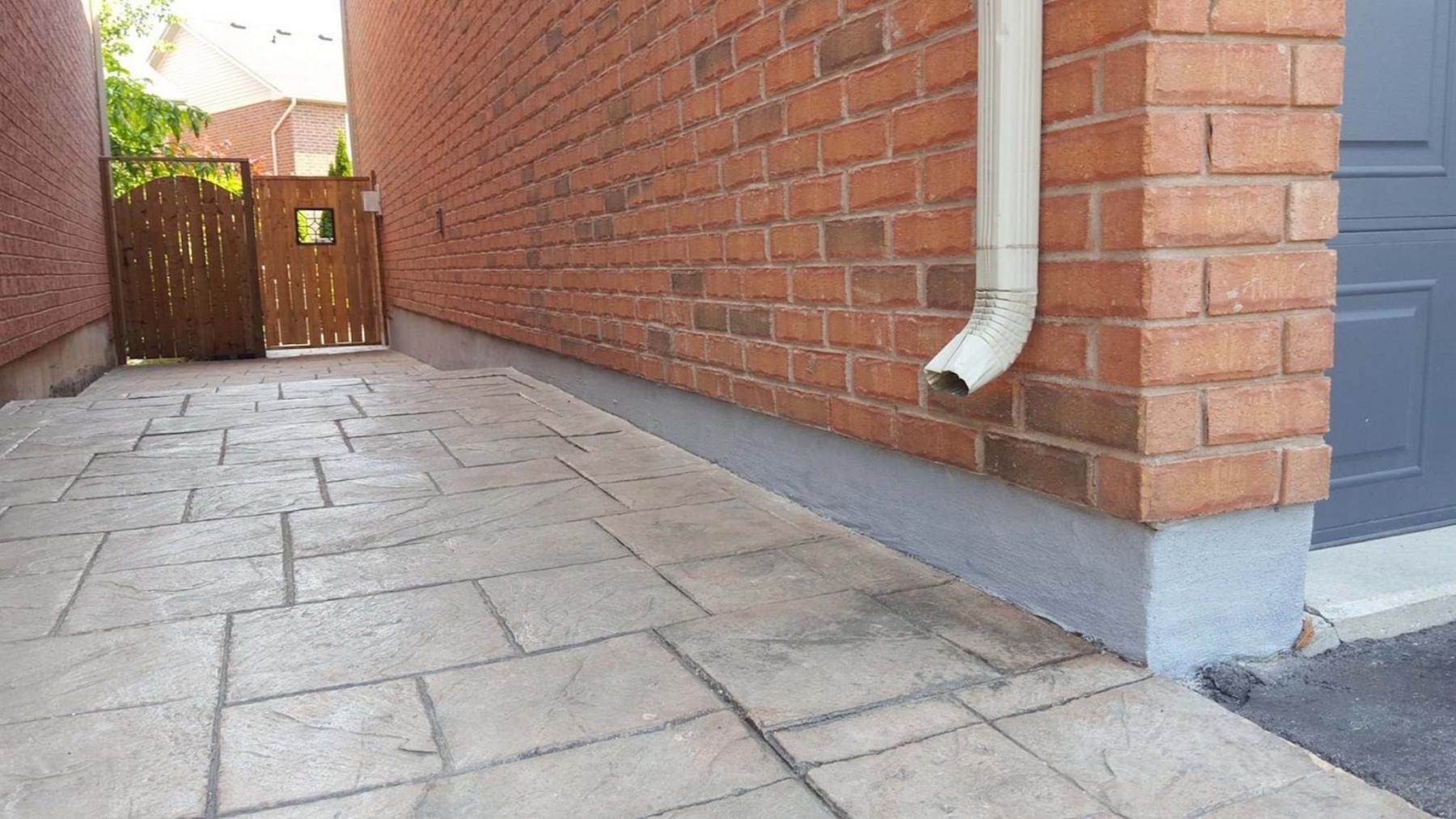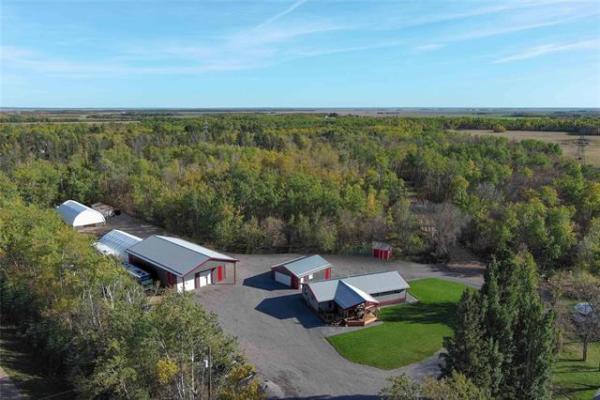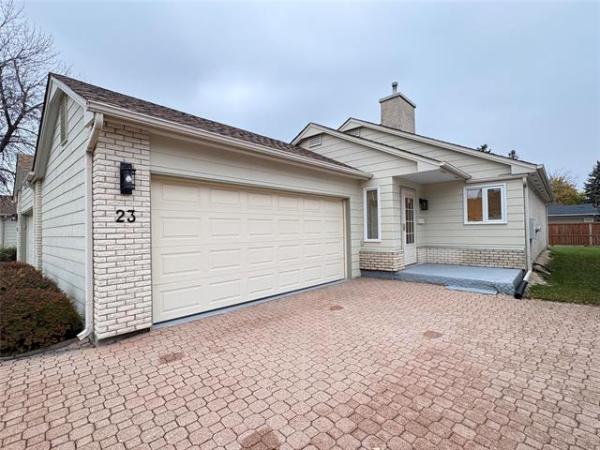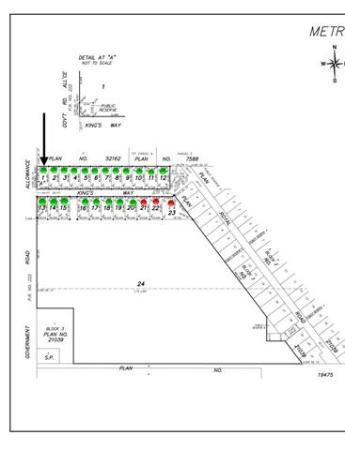Question: I have a question about parging. As per the Google definition, parging is a cover that is a part of a building, especially an external brick wall, with plaster or mortar that typically bears an ornamental pattern.
The outside surface of my basement walls is covered with, what I believe to be, cement parging. The home is approximately 14 years old. The parging has been falling off these concrete walls, over time. The exterior of these foundation walls appears to be in good condition, otherwise.
My understanding, from reading articles online, is that parging is for decorative purposes. Are there any protective elements to parging on basement walls? In my case, are there any benefits to getting my basement walls parged again by a professional after removal of the old material? Was the parging falling off due to poor workmanship or due to Manitoba weather? If I got the basement walls parged again would I expect the parging to fall off over time?
Thanking you in advance, Sharon.
Answer: Parging on the outside of your relatively new concrete foundation walls is bound to fall off or deteriorate, due to the application method, moisture, and the freeze-thaw cycle. Repairing it will be purely for aesthetic reasons, but may last somewhat longer than the original if done with better materials or methods.
There are many words in the English language that have multiple meanings, and several of these are used for various building materials. It seems to me that the older the term, the more interpretations there are for the exact meaning. Parging, to me, is a covering over any concrete or masonry surface. It is typically composed of some form of cement, stucco, or other similar product that will bind to the substrate when it is applied in its wet, mixed format. You are correct that this can refer to a complete covering over a brick, concrete block, or stone wall which may be originally installed or added later. Also, a complete parging job can be less labour intensive than complete repointing on this type of wall, but will require much more material. Applying a layer of mortar over the entire surface, rather than just the joints, is a common repair, especially for stone foundations.
Parging can also refer to a different type of covering over a foundation wall above grade. This term may also be applied to a wood, metal, composite, or vinyl covering over the exposed foundation wall on the exterior of a home. That is more commonly seen in part basements, or older masonry, where it is cracked or deteriorated, in an attempt to improve the looks or keep moisture out. In that situation the parging may improve the aesthetics, but also can prevent good access for inspection or maintenance.
On modern homes with poured concrete foundations, a very thin, uneven, layer of mortar is often applied to cover up the bare surface of the concrete after the siding is completed. In many cases this parging is composed of the same cement-based material as the "scratch coat" used in the initial layer for traditional stucco siding. Like the stucco finish coat, this parging is often applied by splattering it directly onto the finished concrete. This will allow the wet mixture to initially adhere well, but not for the long-term. Because there is normally no metal wire, mesh, or other material to bind the cement-based parging, it will often fall off when it repeatedly gets wet. This deterioration will often be more rapid where snow accumulates, or where a dryer vent, sump pump or other source of moisture is found. In older homes this layer was much thicker, which would make it much more durable and long-lasting.
The current methods used to install the original parging on your home are the reason it didn’t last, but the material may also be partially responsible. If you decide to get a repair done, adding an extra adhesive to the parging mix may help prevent as early a negative reoccurrence. There are specialized additives that could be used, and also applied to the concrete prior, that will make the bond stronger. While these may help, there is still no guarantee of longevity unless the concrete is completely covered with wire mesh, or an alternative material, to ensure proper installation.
Seeing the very thin, splattered on, coating of cement-based parging fall off of the outside foundation wall above grade is typical in a newer home. It is purely cosmetic in nature, but may last longer if better materials or workmanship are employed, if you decide to spend the effort and cost repairing it.
Ari Marantz is the owner of Trained Eye Home Inspection Ltd. and the past president of the Canadian Association of Home & Property Inspectors — Manitoba (cahpi.mb.ca). Questions can be emailed to the address below. Ari can be reached at 204-291-5358 or check out his website at trainedeye.ca.
trainedeye@iname.com




